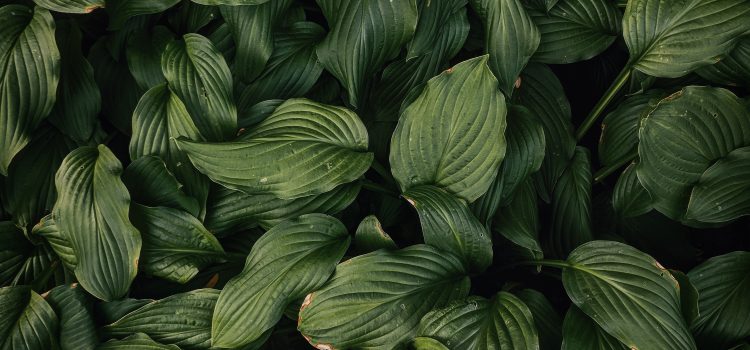
Carnivorous plants are fascinating and unique additions to any plant collection. These plants have evolved to capture and digest insects and other small prey, making them a popular choice for those interested in the unusual and exotic. However, growing and caring for carnivorous plants can be a bit tricky, as they have specific requirements that must be met in order for them to thrive. In this article, we’ll provide you with some tips for growing and caring for carnivorous plants, so you can enjoy a thriving collection of these fascinating plants.
Choosing the Right Plants
The first step in growing carnivorous plants is to choose the right species for your collection. There are many different types of carnivorous plants, each with its own unique requirements. Some of the most popular species include Venus flytraps, pitcher plants, and sundews. When choosing your plants, consider the environment in which they will be grown, as well as your own level of experience with plant care.
Creating the Right Environment
Carnivorous plants require a specific environment in order to thrive. Most carnivorous plants prefer bright, indirect light, and high humidity. They also require a soil that is low in nutrients, as they obtain their nutrients from the insects they capture. To create the right environment for your carnivorous plants, consider using a terrarium or other enclosed container. This will help to maintain the high humidity levels that these plants require, while also providing them with the bright, indirect light they need.
Watering and Feeding
Carnivorous plants have unique watering and feeding requirements. They should be watered with distilled or rainwater, as tap water can contain minerals and other substances that can harm the plants. In addition, carnivorous plants should not be fertilized, as they obtain their nutrients from the insects they capture. If you want to feed your carnivorous plants, consider using live insects such as fruit flies or crickets.
Pruning and Repotting
Most carnivorous plants do not require pruning, as they will naturally shed dead leaves and other structures. However, if you notice any dead or blackened leaves, you can snip them off to encourage new growth. Repotting is also rarely necessary, as most carnivorous plants prefer to be root-bound. However, if you do need to repot your plants, be sure to use a soil that is low in nutrients, such as sphagnum moss or peat moss.
Conclusion
Growing and caring for carnivorous plants can be a rewarding and fascinating experience. By choosing the right plants, creating the right environment, and providing them with the proper care, you can enjoy a thriving collection of these unique and unusual plants. Remember to water with distilled or rainwater, avoid fertilizing, and provide bright, indirect light and high humidity. With these tips, you’ll be well on your way to growing and caring for carnivorous plants like a pro.










